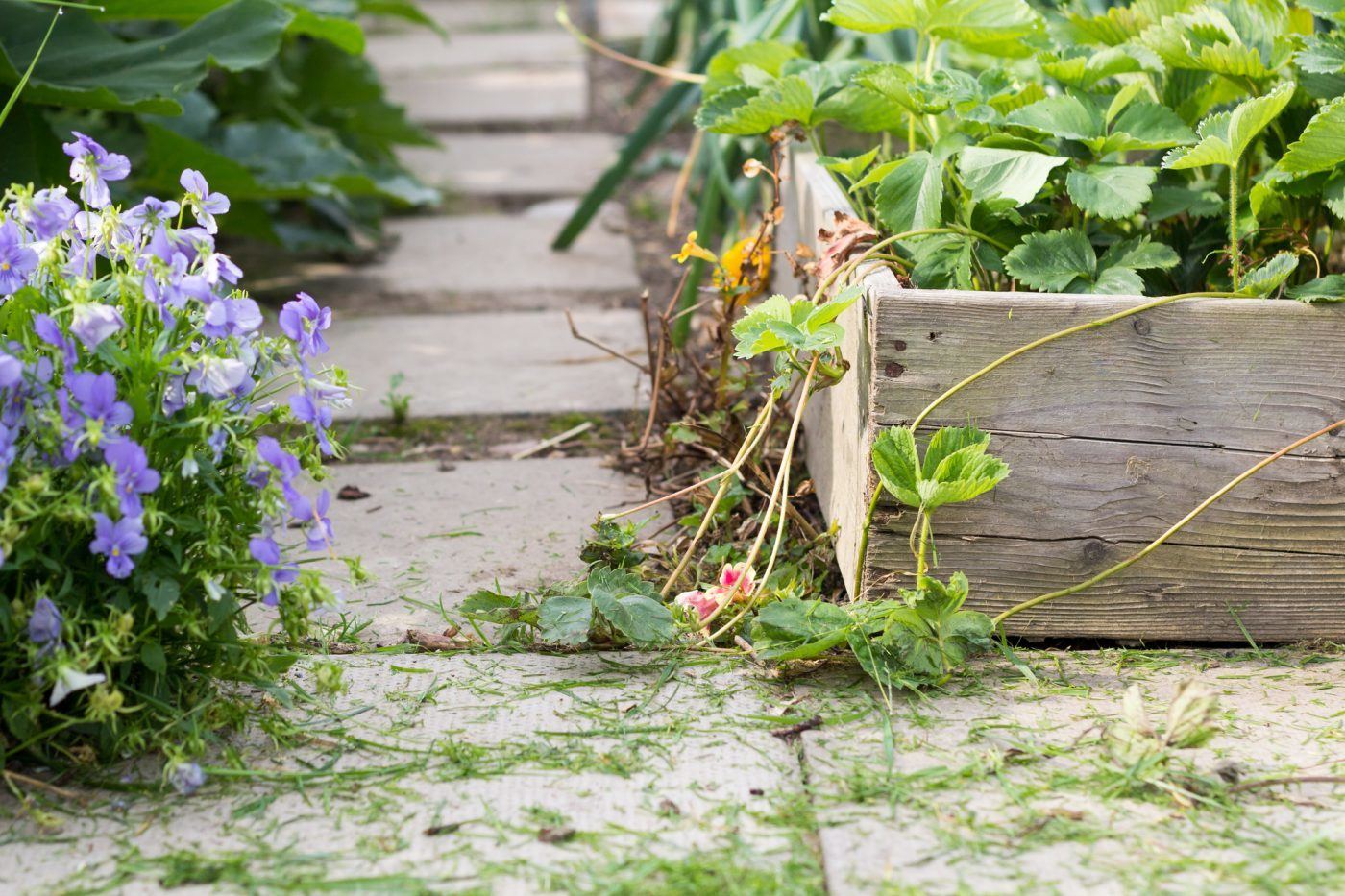Shannon, who lives in the Pacific Northwest, is looking for some gardening tips to take her small, raised-bed garden to the next level. She wants to learn how to feed her family well, growing a year’s worth of food, but not get overwhelmed when it comes time to preserve it all.

In today’s podcast, Pioneering Today Episode #289, I’m giving Shannon, a nurse practitioner who lives in the Pacific Northwest, my tips for starting seeds indoors, cool and warm weather planting schedules, garden expansion, watering systems, and an overall game plan for a great garden harvest without the overwhelm or stress.
Table of Contents[Hide][Show]
In This Episode
We cover a lot of ground in this episode when it comes to Shannon’s garden, including:
- how to figure out what to plant in your garden.
- deciding how much of each crop to plant for your family.
- what crops to plant first in the Spring.
- which crops are great for seed starting indoors.
- how to organize and preplan to know when to start plants indoors to know you’re transplanting them at the right time for the best health and growth of the plants.
- how to avoid ruining your crops with over or under watering with a watering system and a watering schedule.
- how to maximize a small space for growing as much as possible during the growing season.
- how to take advantage of the multiple growing seasons (spring, summer, and fall).
- Find out more about becoming a member of the Pioneering Today Academy
Other Helpful Gardening Resources:
- The Family Garden Plan
- The Family Garden Planner
- Garden Planning in Winter
- Planning a Fall Garden (28 Crops to Plant in July)
- 10 Things Most Organic Gardeners Forget About
- 5 Garden Elements You Need to Add
- 6 Natural Fertilizers to Improve Garden Soil
- Hugelkultur Garden Beds (What, Why & How)
- 8 Common Mistakes Made by New Gardeners
- How to Keep Weeds Out of the Garden Naturally
- Cabbage Moth and Slug Control with Organic Gardening Methods
- How to Get Rid of Bugs on Plants Naturally Tips that Actually Work
- Wood Chips for Garden Mulch – Beneficial or Not?
- Using Vegetable Grow Bags in the Garden
- Preventing and Treating Early Blight for Tomato and Potato Plants
- New Gardening Techniques & Varieties to Grow in 2022



